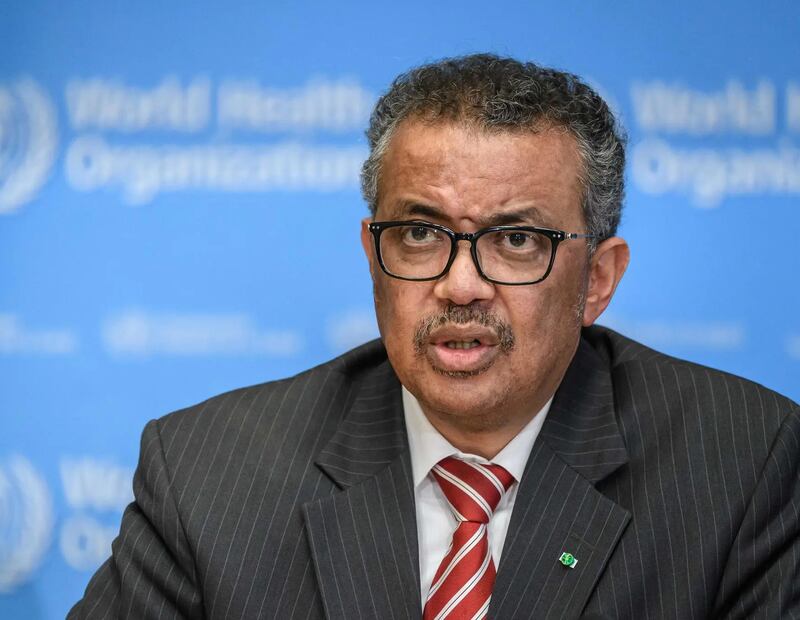Hepatitis now rivals tuberculosis as a top infectious killer disease with a new World Health Organisation report showing the virus claims about 3,500 lives every day.
Testing and treatment coverage rates have stalled around the world, putting at risk ambitious WHO goals to eliminate hepatitis by the end of the decade.
Data from 187 nations, revealed in the 2024 Global Hepatitis Report, showed the number of deaths linked to the virus increased from 1.1 million in 2019 to 1.3 million in 2022 – the same number as tuberculosis.
Hepatitis B remains the majority killer, claiming 83 per cent of lives, while hepatitis C was responsible for the other deaths.
WHO director general Dr Tedros Ghebreyesus said the report highlighted failings in health authorities diagnosing the virus.
“This report paints a troubling picture: despite progress globally in preventing hepatitis infections, deaths are rising because far too few people with hepatitis are being diagnosed and treated,” he said.
“WHO is committed to supporting countries to use all the tools at their disposal – at access prices – to save lives and turn this trend around.
“Despite the availability of powerful tools at low prices, many countries are not using them at sufficient scale.”
Multiple variants
It is hoped these measures can be implemented into primary care more widely with more locally produced medications to bring the numbers down.
There are five hepatitis viruses – A, B, C, D and E.
Unlike hepatitis B and C, the less severe hepatitis A does not cause chronic liver disease and is often picked up from dirty water or contaminated food.
People are infected with the more serious hepatitis B and C through exposure, either during invasive medical or dental procedures using contaminated equipment, or more commonly after being in contact with a carrier of the virus through sexual contact or by sharing drug syringes.
Both types of the virus cause liver inflammation, with symptoms usually appearing any time from two weeks to six months after contact.
They include joint pain and fatigue, loss of appetite, fever, nausea and vomiting, dark urine and jaundice.
While there is no vaccine for hepatitis C, hepatitis A and B are preventable by vaccine.
Waning childhood immunisation programmes are also impacting the numbers dying from the virus, the WHO said.
Anyone testing positive for hepatitis B – HBsAg – will be denied a work permit in the UAE, or deported if already a resident.
“Hepatitis B seems less common in the UAE compared to its neighbours,” Dr Swati Prasad, specialist in internal medicine at Aster Royal Clinic, said.
“A recent study (BMC Infectious Diseases) suggests a 3.05 per cent infection rate across the GCC region, while the UAE appears to have a lower range of 0.8 per cent to 1.5 per cent.
“This is likely due to successful vaccination programmes. However, this number may be higher among older adults who weren't vaccinated as children.”
Figures suggest that in 2022, 254 million people had hepatitis B worldwide, while a further 50 million had hepatitis C.
Around half the chronic infections are among those aged 30-54, with men accounting for 58 per cent of all cases.
While deaths from the virus are increasing, the number of infections fell from 2.5 million in 2019, to 2.2 million in 2022.
Poor diagnosis
Although this decrease could be a result of poorer diagnosis and reporting, better preventative measures such as immunisation are also taking effect.
The latest figures have been gleaned from national prevalence surveys, and suggest every day more than 6,000 people are being newly infected with viral hepatitis.
Viral burden varies greatly between regions. Africa, where just 18 per cent of babies receive the vaccination at birth, bears the brunt of cases, reporting 63 per cent of new hepatitis B infections.
The most deaths, however, are recorded in the Western Pacific Region – 47 per cent.
Almost two thirds of the global burden of hepatitis B and C is focused in a band of 10 key nations.
These are Bangladesh, China, Ethiopia, India, Indonesia, Nigeria, Pakistan, the Philippines, Russia and Vietnam.
Funding remains a key barrier to protection, with just 60 per cent of reporting nations offering free testing and treatment services.
A 12-week course of antiviral drugs, such as pangenotypic sofosbuvir/daclatasvir, to treat hepatitis C costs around $60, while tenofovir to treat the B virus costs $2.40 a month and is often needed for more than a year.







